As momentum builds around the proposed One Big Beautiful Bill Act (OBBBA), many taxpayers are asking what they can do now to prepare especially if higher tax rates are on the horizon. In this instalment, we’re focusing on practical steps high earners and corporations can take to protect their bottom line ahead of potential changes in 2025.
Here are four strategic areas to focus on now:
- Time Income, Deductions, and Major Transactions
If higher rates take effect next year, the usual timing playbook may flip. For many, that could mean accelerating income into the current year and deferring certain deductions into a higher‑rate year. Conversely, if implementation looks delayed, the reverse may make more sense. The same logic applies to the timing and structure of significant transactions; bonuses, equity exercises, asset sales, and year‑end procurement.
Why it matters:
Individuals: Thoughtful timing of bonuses, retirement distributions, Roth conversions, option exercises (ISO vs. NSO), and charitable gifts can help lock in lower current rates and increase the value of deductions in a higher‑rate year. Consider gain/loss harvesting and “bunching” deductions (e.g., via a donor‑advised fund).
Businesses: Adjusting revenue recognition (where permissible), invoice schedules, and prepayments can smooth taxable income across years. For asset sales, model stock vs. asset deals and instalment sales. Review inventory methods, and plan the timing of placing assets in service to align with expected rate changes.
- Adjust Compensation, Equity, and Entity Structure
A higher‑rate environment changes the after‑tax value of cash compensation, equity, and distributions. Now is the time to revisit how you pay yourself or your team and whether your entity type is still the best fit.
Why it matters:
Individuals: Revisit RSU vesting schedules, option exercise timing, and 83(b) considerations for early exercises. Align bonus timing with anticipated rate changes. Update withholding and estimated tax safe harbours to avoid penalties as income patterns shift.
Businesses: Reassess salary/bonus mix, dividend policies (for C‑corps), and profit‑sharing or deferred compensation plans (ensure 409A compliance). For owner‑operators, revisit S‑corporation reasonable compensation and distribution strategy. Model whether a C‑corps vs. pass‑through structure still minimizes total tax burden under the OBBBA’s potential rates.
- Plan Capital Expenditures, Depreciation, and Incentives
Capital planning can create meaningful tax flexibility. The value of deductions from depreciation, Section 179 expensing, and repairs elections rises as rates rise. Likewise, energy and other investment incentives can offset higher statutory rates if you plan early.
Why it matters:
Individuals: Consider energy‑efficient home and vehicle incentives, and evaluate asset location (tax‑advantaged vs. taxable accounts) to reduce ongoing tax drag in a higher‑rate environment. High‑bracket investors may benefit from municipal bonds for tax‑efficient income.
Businesses: Map capex by “place‑in‑service” date to align deductions with higher‑rate years. Revisit Section 179 vs. bonus depreciation assumptions, repairs vs. capitalization decisions, and cost segregation on real property. Inventory available credits (R&D, hiring/training, and green/energy) and build documentation now to claim them timely.
- Strengthen Cash Forecasting, Estimated Taxes, and Compliance
Higher rates affect cash taxes, budgets, covenants, and audit risk. Build scenarios and tighten processes before changes arrive.
Why it matters:
Individuals: Refresh quarterly estimates and safe harbours, especially if income is uneven (K‑1s, equity events, business sales). Watch the 3.8% net investment income tax and AMT interactions as your profile shifts. Keep detailed support for major deductions and transactions.
Businesses: Run 1–2 point corporate tax rate scenarios through your 2025 budget and cash forecast. Update pricing assumptions, debt covenants, and board reporting for higher cash taxes. Prepare for stricter reporting by tightening close calendars, substantiation for deductions, and information returns (e.g., 1099s). If you operate globally, review intercompany documentation and data readiness.
Why These Changes Matter for 2025 and Beyond
Preparing ahead of potential rate increases isn’t just about avoiding surprises, it’s about creating options. Small moves in timing, structure, and documentation can compound into meaningful after‑tax savings, smoother cash flow, and cleaner audits. Whether you’re a high earner planning equity events or a corporation budgeting for next year, building these steps into your 2025 plan can reduce risk and strengthen outcomes if the OBBBA becomes law.
What’s Next in Our Series
Next, we’ll take a closer look at expanded and restructured tax credits and deductions under the OBBBA, what may change, who could qualify, and the documentation you’ll need to maximise your benefit.
For personalised guidance, consult with Local Outsourced Accounting. We can help you model scenarios, prioritise actions, and implement a plan tailored to your situation.


